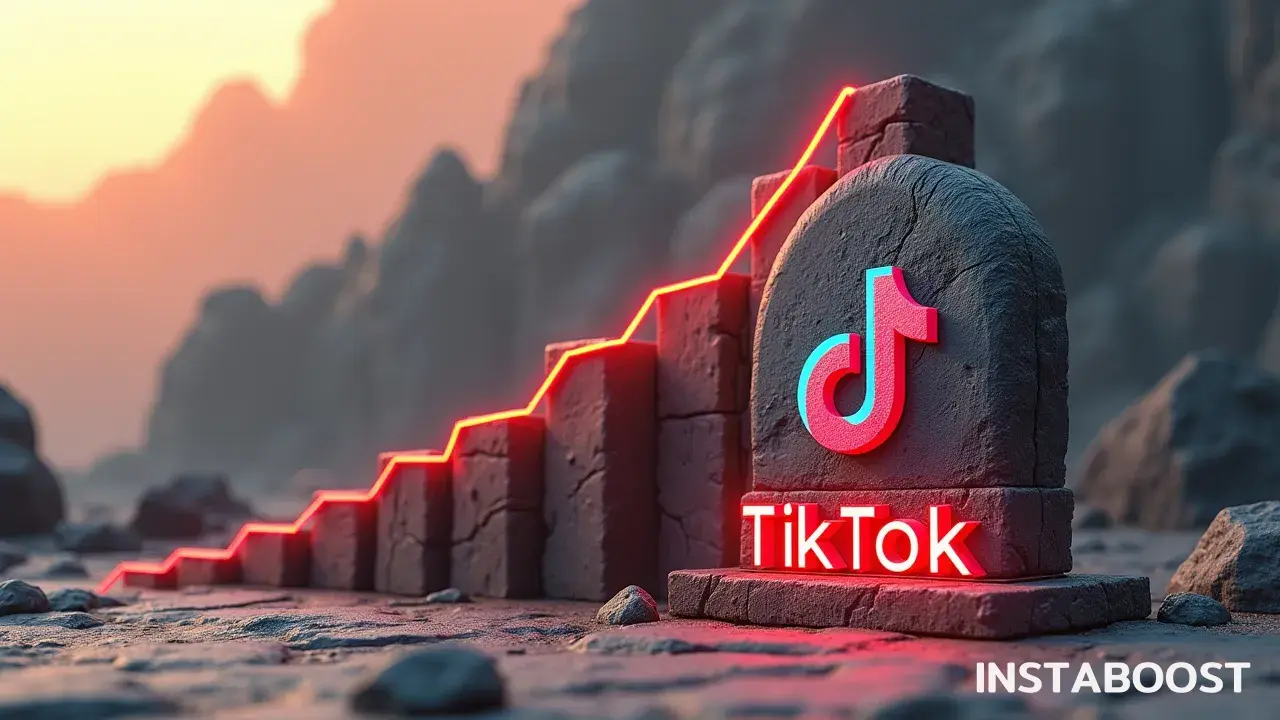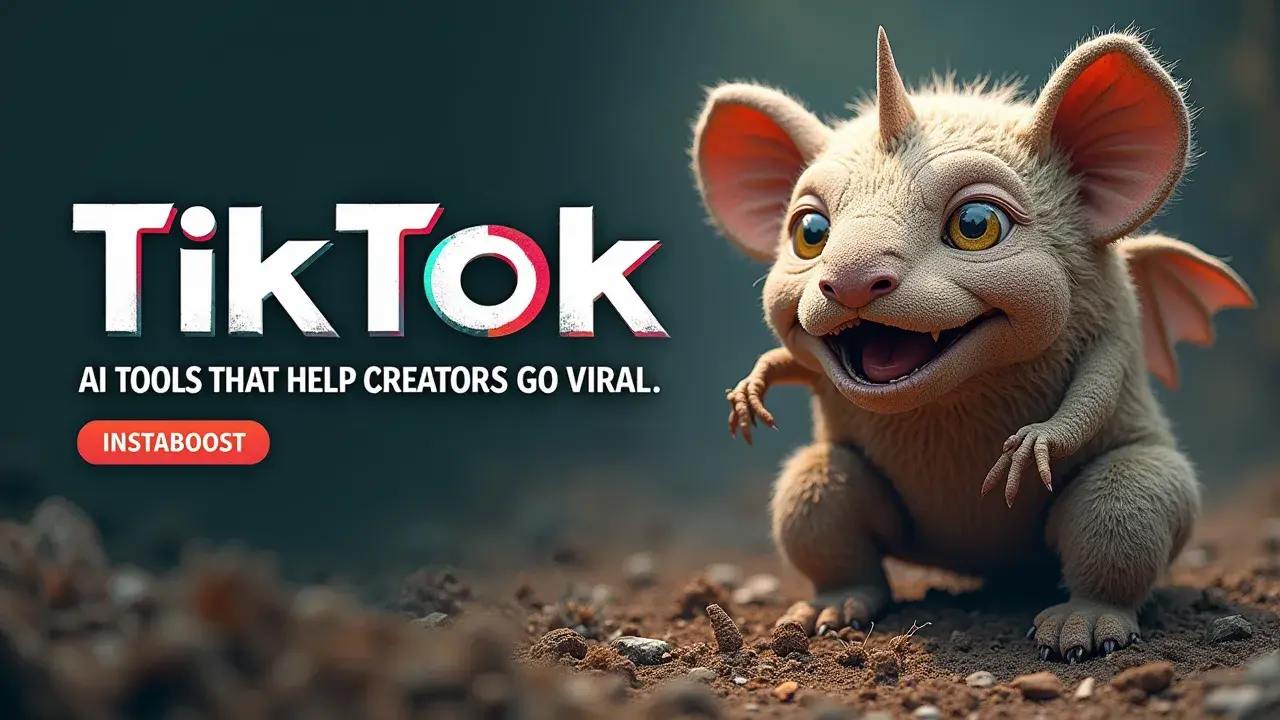Do TikTok AI Tools Help Creators Go Viral?
TikTok AI tools can support creativity and save time when used with a creator’s authentic voice. They work best for drafting ideas quickly, polishing for clarity, and maintaining a steady posting cadence. Improvements tend to appear as sharper retention curves and a healthier comment ratio over weeks. Focus on clear value and replay appeal, test short versus long formats, monitor first-hour signals, and let audience behavior guide optimal length for compounding gains.
The Quiet Edge: Let AI Handle the Grind, You Own the Spark
Viral growth on TikTok isn’t random. It comes from tight hooks, clean structure, and fast iteration that matches what your audience wants. TikTok AI tools earn their keep by speeding up the unglamorous parts like drafting hooks, cutting dead air, auto-captioning, and flagging filler words so you can spend more time shaping the moment people actually replay. The win is leverage, not replacement. You keep your voice while models surface angles, timing, and formats worth testing, and you’ll find that smart audience expansion strategies – see how practitioners discuss TikTok audience expansion – matter most when paired with real-world signals.
Watch first-hour retention, comment quality, and save-to-view ratio to decide what to scale. A qualified editor or a repurposing suite can turn one recording into multiple cuts tuned for different audiences, and a reputable analytics layer helps you compare 7-second punch-ins versus 18-second mini-stories without guessing. If you choose paid boosts or targeted promotion, use them to validate a strong baseline. Clean analytics and a tight testing loop help prevent false positives. Collabs amplify reach when the creative is aligned, and AI helps align tone and pacing across creators without sanding off personality. The practical playbook is a consistent cadence, early momentum from a few engaged viewers, and tools that maintain clarity and pacing while preserving your quirk – that’s what drives replays and saves.
For search, match audience language. People look for TikTok growth tools, but they stay for a clip that answers a specific curiosity fast. The smartest safeguard is a light human pass. Verify facts, trim over-polish, and keep one unscripted beat that reads as human. Used this way, TikTok AI tools narrow the gap between idea and iteration, letting the best version of your concept reach the feed sooner and stick.

Receipts Over Vibes: Proof Your Process With Data You Can Trust
I’ve said “we’re fine” when we weren’t. What helped wasn’t more grind. It was baking proof into the process so every tweak had a why. On TikTok, credibility comes from a feedback loop you can show: draft with AI, publish with intention, read the retention, then adjust. The best TikTok AI tools don’t just save minutes. They set measurable baselines.
Auto-captioning and filler-word flags cut friction that drags watch time. Hook generators give you three strong openings so you can A/B the first two seconds, keep the winner, and iterate. Scene detection trims dead air that quietly kills replay rate. Pair that with clean analytics – retention curves, swipe-away points, and real comment velocity – and you get a testing loop that survives trend cycles. If you run targeted promotion, use reputable partners and small budgets to validate a hook, not inflate vanity views; some chase tiktok followers fast and miss the point that you’re chasing early momentum and qualified signals, not a sugar high.
Audience expansion tools work when they’re matched to intent. Broaden after you’ve earned saves and authentic comments in a core niche, and scale collabs with creators whose audiences already show they care. Bring in ad credits or trial-tier tools, but treat them like paid acceleration for what already resonates, not life support. The quiet edge from AI is compounding clarity – cleaner structure drives stronger retention, which feeds discovery, which earns better comments and collaborations. That’s how TikTok AI tools help creators go viral: by turning your spark into a system you can trust, measure, and repeat without losing your voice.
Pace Like a Pro: When to Post, When to Pause, and What to Let AI Solve
Sometimes the smartest move is to pause on purpose. That space is where your TikTok strategy gets sharper. Instead of pushing another clip into the void, let AI pull out what your audience already told you without saying a word. Use reputable TikTok AI tools to scan watch-time drop-offs, comment themes, and scroll-away timestamps, then schedule posts only when your next draft fixes a specific retention leak. If your hook loses 40% by second three, prompt an assistant for five hook rewrites that front-load the payoff and cut hedging language. If captions are muddy, auto-caption with a style guide and verify against clean analytics – some teams even pair this with a quiet pulse of tiktok like service to observe whether higher-quality comments scale alongside retention.
Pair this with targeted promotion only after early momentum shows up in first-hour retention and comment quality. Paid is a lever when the cut already earns replays. Smart audience expansion works when you test adjacent interests, use creator collabs for real comments, and keep a testing loop: AI drafts, you refine tone, publish intentionally, read retention, adjust. This is how TikTok AI tools help creators go viral without burning out your voice. Build a weekly cadence that alternates sprint and review: two publish days, one deliberate pause for AI-assisted highlights detection and filler-word flags, then one fresh format test such as green-screen explainers, duet reactions, or caption-led cuts. If results stall, resist spamming and reroute into micro-edits – tighter first second, brighter thumbnail frame, clearer on-screen text – then relaunch to a focused audience segment. The win isn’t more output. It’s fewer, sharper posts whose replay appeal you can prove, backed by real-world signals that compound across weeks.
When AI Becomes a Crutch, Not a Catalyst
I almost convinced myself it was working. Captions got cleaner, hooks hit harder, and my timeline looked like a productivity miracle. But the retention curve didn’t move, and the comments felt thinner.
TikTok AI tools tend to work best when they sharpen a signal you already own, not when they try to impersonate your voice. If a generator feeds everyone the same “viral” phrasing, you risk trading distinctiveness for compliance. The smarter move is to pair AI with receipts. Run variant scripts that change one thing at a time, publish on a cadence you can sustain, then score them against the first three seconds, 50% watch rate, and the save-to-like ratio. If the data shows an AI-assisted angle is pulling, invest with intent. Use targeted promotion to amplify, stitch a creator collab to broaden context, and let a reputable scheduler keep you consistent.
If it’s not landing, pause with purpose and feed the system real inputs. Pull in audience questions, stitches from niche leaders, and clean analytics without inflated vanity metrics. Tools that summarize comments, cluster themes, and surface repeat objections usually beat generic “best time to post” claims because they’re grounded in your retention signals; some creators even test light boosts to gain tiktok traction while watching whether saves outpace likes. Paid accelerants can help when they’re matched to intent. Use small, timed boosts to validate a new format or length, not to prop a weak concept. And when AI scripts feel slick but hollow, bring back your rough edges – your accent, your pacing, the aside you’d say to a friend. The win isn’t automation. It’s accelerating what’s uniquely yours. That’s how TikTok AI tools actually help creators go viral.
Ship the Signal, Not the Shell
Sometimes the last line is just a crack in the wall. The creators who go viral on purpose use TikTok AI tools like scaffolding – helpful, temporary, and cleared before the final shot. If you’ve paced your posting, pulled insights from retention dips, and tightened hooks with an editor that respects your cadence, the next lever is pairing: thoughtful collabs that validate your premise, targeted promotion to spark early momentum, and clean analytics that show whether watch time is compounding or just cruising.
Paid accelerants work when they’re matched to intent – use reputable placements to amplify a clip that already earns organic replays, and set safeguards so you’re buying signal, not vanity. Timing matters as much as the cut. Promote right after comments reference the core idea unprompted, not when likes are up but rewatches are flat.
Keep your testing loop tight – A/B the first three seconds, not the whole story – and let real comments guide your next cut. If an AI captioner lifts accessibility, keep it. If a voice clone dulls your presence, swap it for your own take. This is where TikTok AI tools shine – compress production friction while you protect the human edge that drives retention. Treat trends as raw inputs, not directives. Your voice picks the angle, the tool polishes it, and the audience decides the edit, and your interpretation of viral TikTok share growth should come from patterns in your own data, not borrowed playbooks. That alignment is what moves a clip from passable to replayable. If you ship with intent, measure what matters in the first hour, and scale only what survives scrutiny, you’ll see lift where it counts – saves, shares, and a comment ratio that feels like conversation, not applause. That’s the difference between growth and noise.















